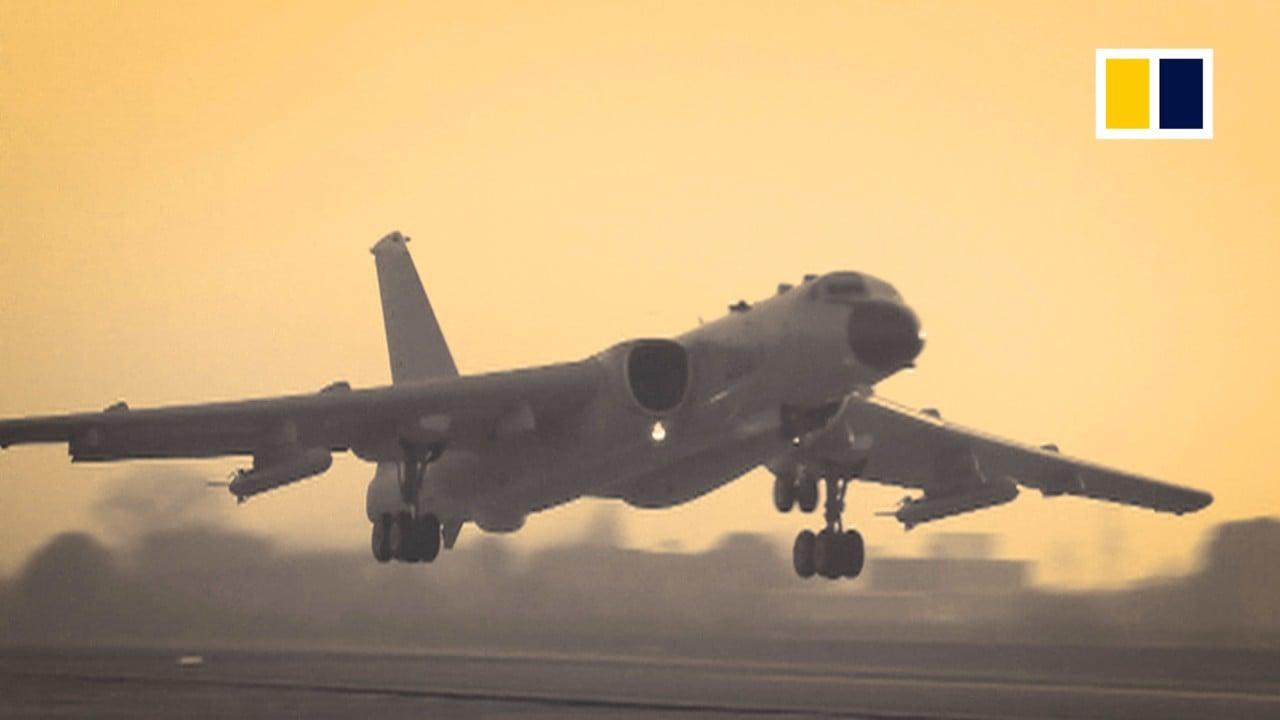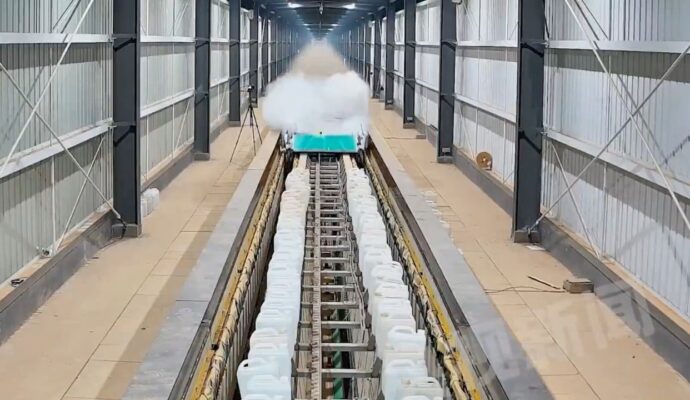
“Chinese old generation military aircraft like the J-7 and J-8 are not enough to deal with the increasing security challenges around its periphery,” Fu Qianshao, a retired PLA Air Force equipment specialist, said.
“Aircraft replacement is not taking place just in the western border, as China needs more long-range advanced warplanes to deal with increasing provocations from the United States and its allies in the South and East China seas, where the PLA’s key strategic focuses are.”
A military source told the Post that the production of J-16 jets could be boosted by the home-grown WS-10 engine, which could be fitted for several aircraft like the J-16, J-11, J-10 and J-20.
According to Chinese military magazine Ordnance Industry Science Technology, China started developing the multi-role J-16 fighter bomber in 2008. It was the PLA’s answer to the US air force’s upgrade of its F-15C/D Eagle – then a key rival of China’s fourth generation J-11B heavyweight fighter.
The upgrade equipped the US F-15C with a computer-controlled active electronically scanned array (Aesa), turning it into today’s F-15EX/Eagle 2.
The Aesa technology, which features high jamming resistance to allow ships and aircraft to radiate powerful radar signals, doubled the vision and strike range of the Eagle, while retaining its stealth capability.
The J-16, meanwhile, made its first secret test flight in October 2011 and was formally put into service in 2016. It was designed to be one of two strategic partners of the PLA’s most advanced J-20 “Mighty Dragon” stealth fighter jet after the J-10C.
The J-16 model, with a 12-tonne payload – almost the same as the US F-22, based on a number of earlier jets, including the Russian Su-27 and Su-30, as well as China’s indigenous fourth generation J-11B.
Three US Air Force F-22 fighter jets (foreground) fly with other US military aircraft during joint drills with South Korea in December 2022. Photo: AFP
As a key partner of the J-20, the J-16 fighter bomber’s larger payload could boost air strike capacity and let the inferior J-10C take care of land attacks, according to Zhou Chenming, a researcher from the Beijing-based Yuan Wang military science and technology think tank.
“China expects the US to deploy at least 300 advanced aircraft to the Asia-Pacific, including the F-22 and F-35s to the Asia-Pacific, with 200 of them belonging to American allies, so the PLA needs to be armed with a certain number of J-20 and J-16,” Zhou explained.
The new J-16D fighter jet designed for electronic warfare made its debut in September 2021 at the biennial Zhuhai air show, China’s largest aviation event.
The following January, two J-16Ds along with nine other PLA aircraft were spotted by the Taiwanese military as entering the island’s southwestern air defence identification zone (ADIZ). This indicated Beijing had deployed the advanced aircraft to the Eastern Theatre Command overseeing the Taiwan Strait.
This comes as the US boosts its efforts to contain Chinese military clout, focusing on Asia under its new Indo-Pacific strategy and ramping up support for Taiwan, which Beijing sees as breakaway territory to be reunited one day.
Macau-based military expert Antony Wong Dong said the J-16 was specifically designed for a possible Taiwan attack, but needed to operate alongside the J-20 stealth fighter and the J-10C lightweight fighter jet to demonstrate each others’ strengths.


